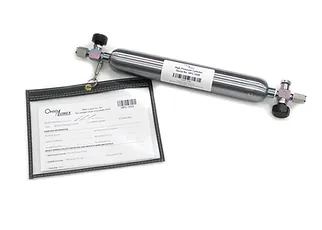Biogas and RNG sampling is complex, with many common errors leading to concerns about the reliability of analyte concentrations reported. To help alleviate some of these concerns and address common areas of confusion, Ohio Lumex is publishing a continuing series of blog posts focusing on best practices for biogas and RNG sampling. This edition will focus on Oxygen sampling and analysis.
Oxygen is a major concern for natural gas pipeline operators, as it can cause severe corrosion in pipeline system components, resulting in safety hazards due to gas leaks, costly downtime, and unplanned maintenance. The presence of Oxygen (O2) with Hydrogen Sulfide (H2S) and Moisture (H2O) produces highly corrosive Sulfuric Acid (H2SO4), which is very detrimental to pipeline infrastructure.
Recognizing this risk, some major pipeline operators in North America have lowered their maximum allowable Oxygen limit in RNG to 0.005% (50 ppm), or less. The Ohio Lumex Analytical Laboratory has responded to this industry need, developing and offering more sensitive analysis methods to meet this new threshold.
Purging the High-Pressure Cylinder
At these low Oxygen concentrations, proper sampling is critical to achieving accurate results, as any trace oxygen in the sampling system may cause the analysis to exceed the 50 ppm limit. Please make sure you follow best practices, purging the sampling system by depressurizing and pressurizing the high-pressure cylinder five times with sample gas, before taking a sample.

Raw Biogas Issues
While the relatively high Oxygen concentration in Raw Biogas is not relevant to pipeline interconnection compliance, it can be important for measurements taken for upgrading design. Hydrogen Sulfide (H2S), in the presence of Oxygen, can convert to SO2 over time, biasing the H2S concentration low. If accurate H2S concentrations in Raw Biogas are needed, best practices call for analyzing the sample as soon as possible, requesting expedited turnaround time from The Ohio Lumex Analytical Laboratory.
At Ohio Lumex, we are well-known throughout the industry as the leader in Biogas/RNG sampling, analysis, and continuous monitoring. We design and produce our own Sorbent Traps and Sampling Equipment, and have state-of-the-art laboratory instruments to conduct analysis, helping to ensure our customers have the most accurate results to report for their RNG compliance and address issues in their process.
This is the fifth in a series of posts in which we discuss best practices for biogas and RNG sampling. To learn more about Ohio Lumex Biogas/RNG Analysis Services, please visit our website. Want to re-read a previous article in this series? Please visit the links below.

